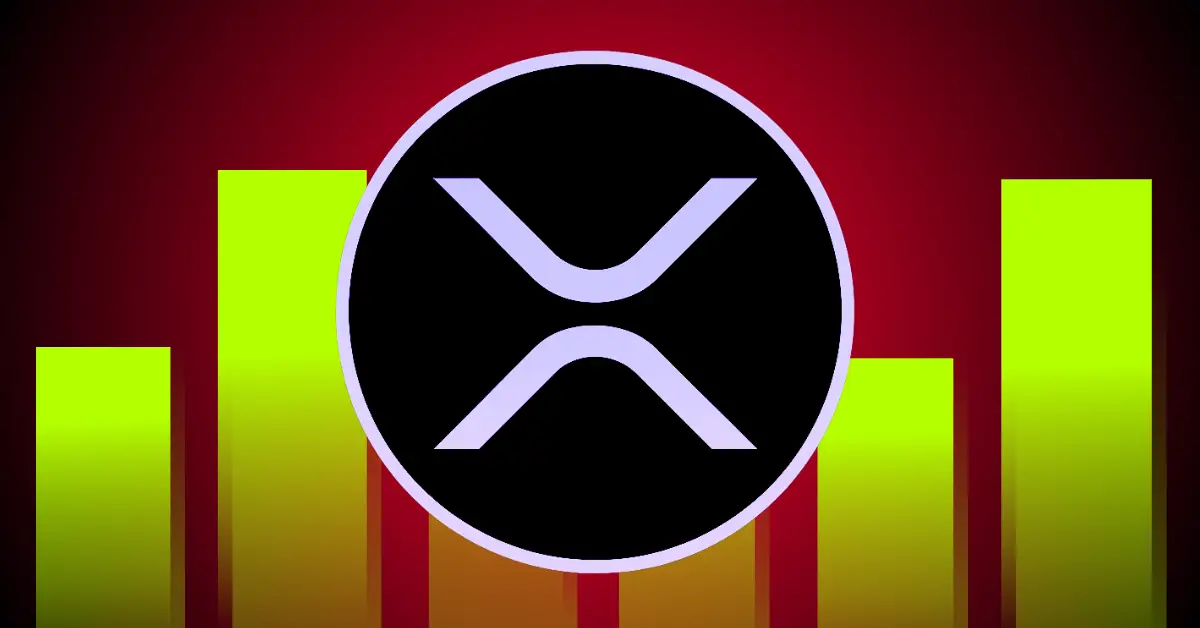The Battle for Global Payments: Can XRP Challenge SWIFT’s Dominance?
The financial landscape is undergoing a seismic shift, with blockchain technology at the forefront of this transformation. Ripple Labs, a fintech innovator, has set its sights on a monumental goal: capturing a substantial portion of the global payments market currently dominated by SWIFT. The target? A staggering $21 trillion. But is this ambition grounded in reality, or is it merely a lofty aspiration? To answer this question, we must delve into the intricacies of both SWIFT and Ripple’s XRP, examining their strengths, weaknesses, and the potential for disruption.
The SWIFT Monopoly: A Flawed but Indispensable System
SWIFT, or the Society for Worldwide Interbank Financial Telecommunication, is the backbone of international finance. Established in 1973, this messaging network connects over 11,000 financial institutions across 200 countries, facilitating the transfer of trillions of dollars daily. Despite its critical role, SWIFT is far from perfect.
The Flaws of SWIFT
Despite these flaws, SWIFT remains indispensable due to its established infrastructure and widespread adoption. However, the rise of blockchain technology has opened the door for challengers like Ripple and XRP.
Ripple and XRP: The Blockchain Challenger
Ripple Labs was founded in 2012 with the mission of modernizing cross-border payments using blockchain technology. The company offers a suite of solutions designed to streamline and expedite international transactions, with XRP serving as a key component of its ecosystem.
The Advantages of XRP
The Centralization Debate
One of the most contentious aspects of XRP is its centralized nature. Unlike Bitcoin, which operates on a decentralized and permissionless blockchain, XRP is managed by Ripple Labs. This centralization raises concerns about potential censorship and manipulation. However, Ripple argues that this structure allows for greater control and stability, making XRP a more reliable option for financial institutions.
The $21 Trillion Target: A Realistic Goal?
Ripple CEO Brad Garlinghouse has publicly stated that XRP could potentially capture a significant portion of SWIFT’s transaction volume within the next few years. The initial target was around 14%, which, based on SWIFT’s current annual transaction volume of approximately $150 trillion, translates to roughly $21 trillion flowing through the XRP Ledger. More recent estimates suggest an even bolder target of 20%, equating to around $30 trillion.
Factors Contributing to XRP’s Success
Challenges and Obstacles
Despite its potential, XRP faces several challenges in its quest to capture a slice of SWIFT’s market share.
The Path Forward: Diversifying XRP’s Applications
Ripple is not content to rest on its laurels. The company is actively exploring new use cases for XRP beyond cross-border payments, such as micro-payments, remittances, and supply chain finance. By diversifying its applications, Ripple can increase the demand for XRP and solidify its position in the global financial ecosystem.
Micro-Payments
Micro-payments involve the transfer of small amounts of money, often in fractions of a cent. This use case is particularly relevant in the digital content and gaming industries, where users may need to make frequent, small payments. XRP’s low transaction costs and fast settlement times make it an ideal solution for micro-payments.
Remittances
Remittances, or the transfer of money by a foreign worker to their home country, is a significant market opportunity for XRP. The global remittance market is valued at over $500 billion annually, with high fees and slow settlement times being major pain points for users. XRP’s speed and low costs make it an attractive option for remittance providers and their customers.
Supply Chain Finance
Supply chain finance involves the financing of goods as they move through the supply chain. This use case is particularly relevant in industries such as manufacturing, retail, and logistics. XRP’s transparency and security features make it an ideal solution for supply chain finance, enabling participants to track the movement of goods and funds in real-time.
Conclusion: A Revolution in Progress
The ambition to capture a significant portion of SWIFT’s transaction volume is a bold one, reflective of the disruptive potential blockchain technology holds for the future of finance. Even if XRP falls short of its ultimate target, the effort to modernize cross-border payments will undoubtedly benefit businesses and consumers around the world by creating a more efficient, affordable, and transparent financial system.
The financial world is on the cusp of a revolution, and Ripple and XRP are at the forefront of this transformation. Whether XRP can truly capture $21 trillion (or even $30 trillion) from SWIFT remains to be seen. However, one thing is clear: the battle for global payments is heating up, and the financial world will never be the same. The future is fluid, and the winners will be those who can adapt and innovate in this rapidly evolving landscape.

